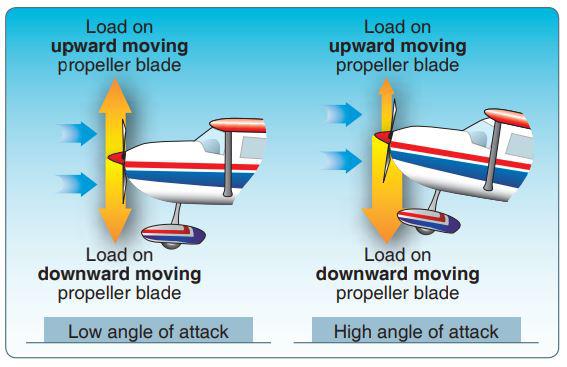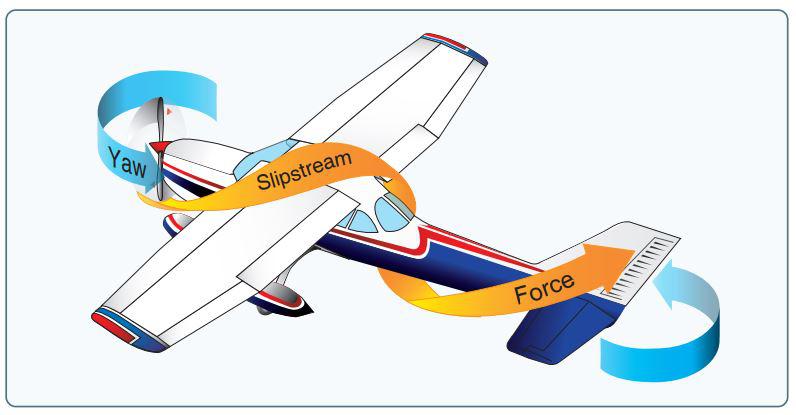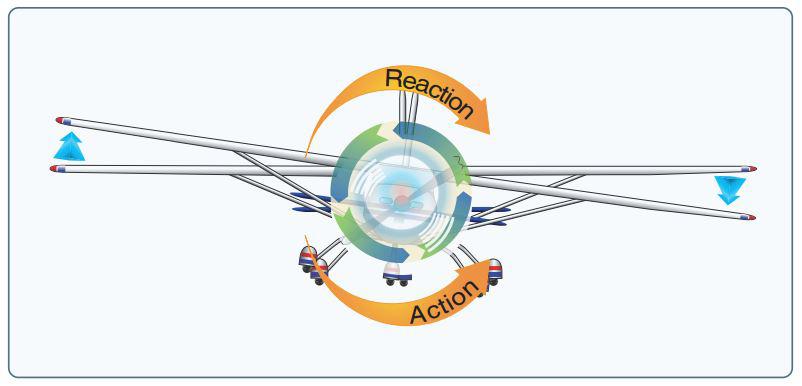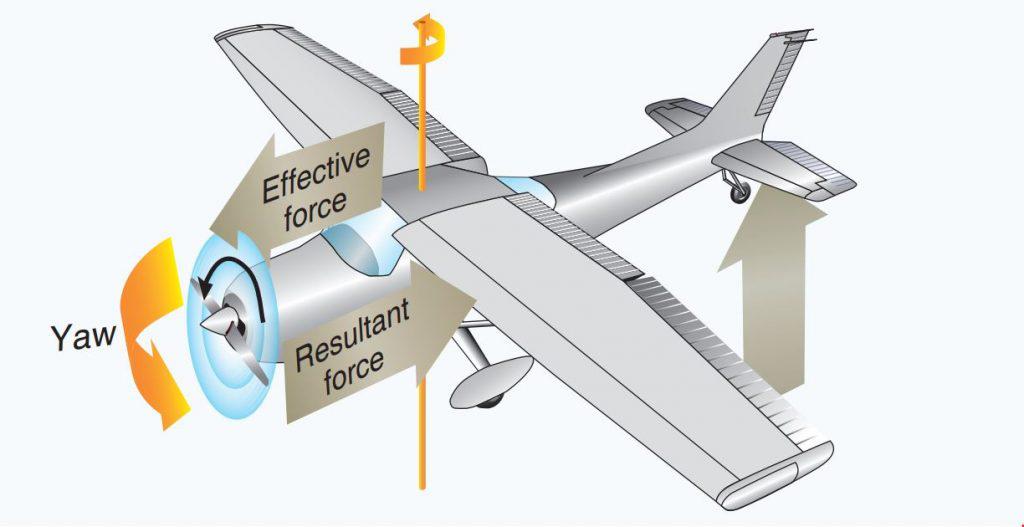Basic Private Pilot Ground School
-
Lesson 1: Your First Flight6 Topics|1 Quiz
-
Lesson 2: Maneuvers and the Traffic Pattern6 Topics|1 Quiz
-
Lesson 3: Understanding the Wind and Turns6 Topics|1 Quiz
-
Lesson 4: AOA, Stalls, and Other Scary Things5 Topics|1 Quiz
-
Lesson 5: Ground Reference, Maneuvers, and FARs4 Topics|1 Quiz
-
Lesson 6: Building Good Landings5 Topics|1 Quiz
-
Lesson 7: The Less Busy Airspace: G, E, D3 Topics|1 Quiz
-
Lesson 8: Class A, B, and C Airspace: The Busier Side of the Sky4 Topics|1 Quiz
-
Lesson 9: Flying Blind and Performance Calculations4 Topics|1 Quiz
-
Lesson 10: Soft and Short Field T.O.'s + Landings4 Topics|1 Quiz
-
Lesson 11: Start Your Engines: Engines, Systems, and Instruments6 Topics|1 Quiz
-
Lesson 12: Weight and Balance, Navigation Systems4 Topics|1 Quiz
-
Lesson 13: Luck with Weather6 Topics|1 Quiz
-
Lesson 14: Your First SOLO!2 Topics|1 Quiz
-
Lesson 15: VFR Charts and Navigation5 Topics|1 Quiz
-
Lesson 16: Weather Charts and Services6 Topics|1 Quiz
-
Lesson 17: Aeromedical Factors, ADM, FARS5 Topics|1 Quiz
-
Lesson 18: Flying at Night3 Topics|1 Quiz
-
Lesson 19: Cross Country Flight Planning4 Topics|1 Quiz
-
Lesson 20: Test Prep5 Topics|2 Quizzes
Left Turning Tendencies
Why the Plane Always Wants to Go Left:
So there are a couple reasons why propeller driven aircraft always seem to want to turn left (and it pretty much is all totally due to the rotation of the propeller and the power from the engine).
Specifically, there are four main left turning tendencies, and we’ll talk about them in the video above and the paragraphs below.
P-factor:
P-factor is due to the ANGLE of ATTACK of the propeller, or in other words, the angle at which the air meets the propeller. The propeller takes a bigger “bite” of air on the right side producing more thrust from the right half of the propeller thus trying to turn the airplane left. If this is a confusing concept, watch the video above.

Spiraling Slip Stream
Spiraling Slip Stream is the air being spiraled around the fuselage due to the propeller not only pushing air backwards to pull the plane through the air, but also slinging the air around as it moves through the blades.

Torque Effect
Torque effect is simply created by the propeller turning to the right, and being that it is heavy and generating thrust. Newton says for every action there is an equal and opposite reaction. And the airplane rolling left is a reaction of the propeller turning hard to the right (almost all airplanes propellers spin to the right or clockwise as viewed from inside the cockpit).

Gyroscopic Precession
This gyroscopic action is the result of applying a force to a gyroscope (in this case the big spinning propeller) and having that force act 90 degrees later in the direction of rotation. It is best explained by the pictures below and video above.


